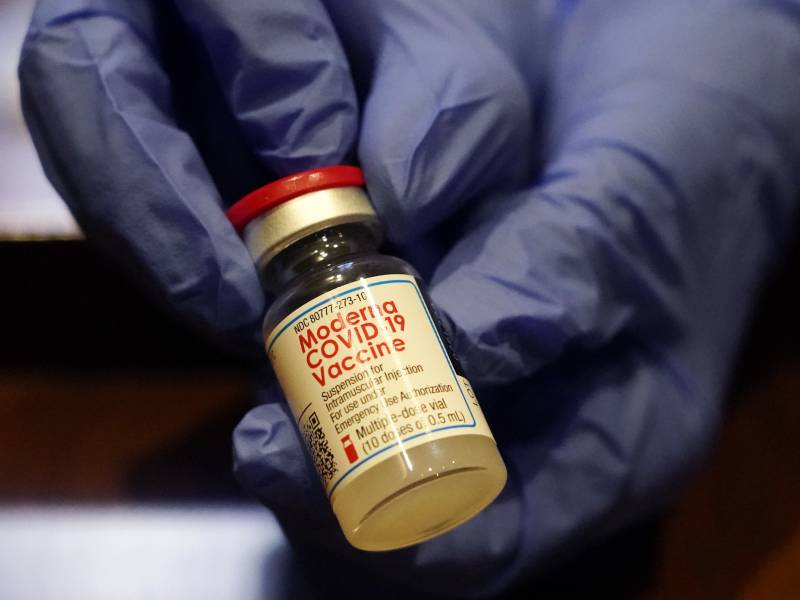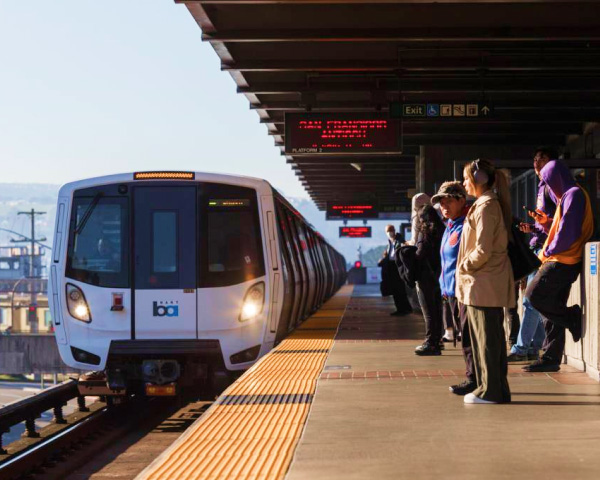In an ideal world, a pandemic vaccine could be delivered in a single shot, so supplies could be stretched to cover a lot of people. It would trigger no side effect more significant than a sore arm. And it would be easy to ship and store.
Soon, it seems, this ideal of a COVID-19 vaccine will be within reach.
Last Friday, Johnson & Johnson announced that a one-dose vaccine being developed by its vaccines division, Janssen Pharmaceuticals, had been shown to be 66% protective against moderate to severe COVID infection in a multicountry study. But, importantly, it was 85% effective in protecting against severe disease. And there were no hospitalizations or deaths among people in the vaccine arm of a large clinical trial.
Overall efficacy varied a bit geographically, especially in South Africa, where a new variant appears to evade to some degree the immunity induced both by infection and by COVID vaccines, which were designed to target earlier strains of the SARS-CoV-2 virus.
Johnson & Johnson said it will apply to the Food and Drug Administration for an emergency use authorization this week. That means sometime later this month or early in March its vaccine will likely start to be used in the United States, though the company is not expected to be able to supply substantial numbers of doses until April.
Earlier, STAT published a head-to-head comparison of the vaccines developed by Pfizer and its partner, BioNTech, and by Moderna, which have been in use in the country since December. We’re updating it here with information about the J&J vaccine, with the caveat that some data from this likely new entry to the U.S. vaccination program haven’t yet been made public.
Please note that in the initial rollout of vaccine, individuals are unlikely to be offered a choice of which vaccine they want. Supplies are too scarce. The vaccine available at the place where you are being vaccinated is the one you’ll get.
—Helen Branswell, STAT

